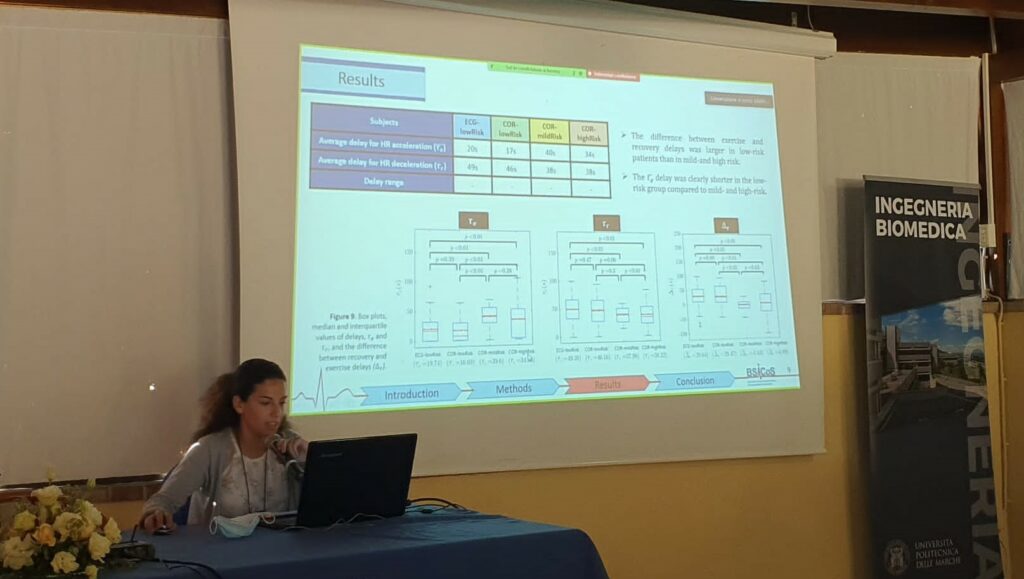Cristina Pérez, Young Investigator Award at the STAFF congress
Cristina Pérez, has been the winner of the Young Researcher Award (YIA) at the STAFF congress held in Sirolo (Italy), from Septembre 1 to 4, for her work entitled “Characterization of impaired ventricular repolarization by quantification of QT delay after heart rate changes in stress test”
Cristina Pérez is a researcher from BSICoS. Research Group that coordinates NANBIOSIS ICTS Unit 27 “High Performance Computing”, led by PAblo Laguna (from I3A-UNIZAR and CIBER-BBN)
Further information at BSICoS Website











